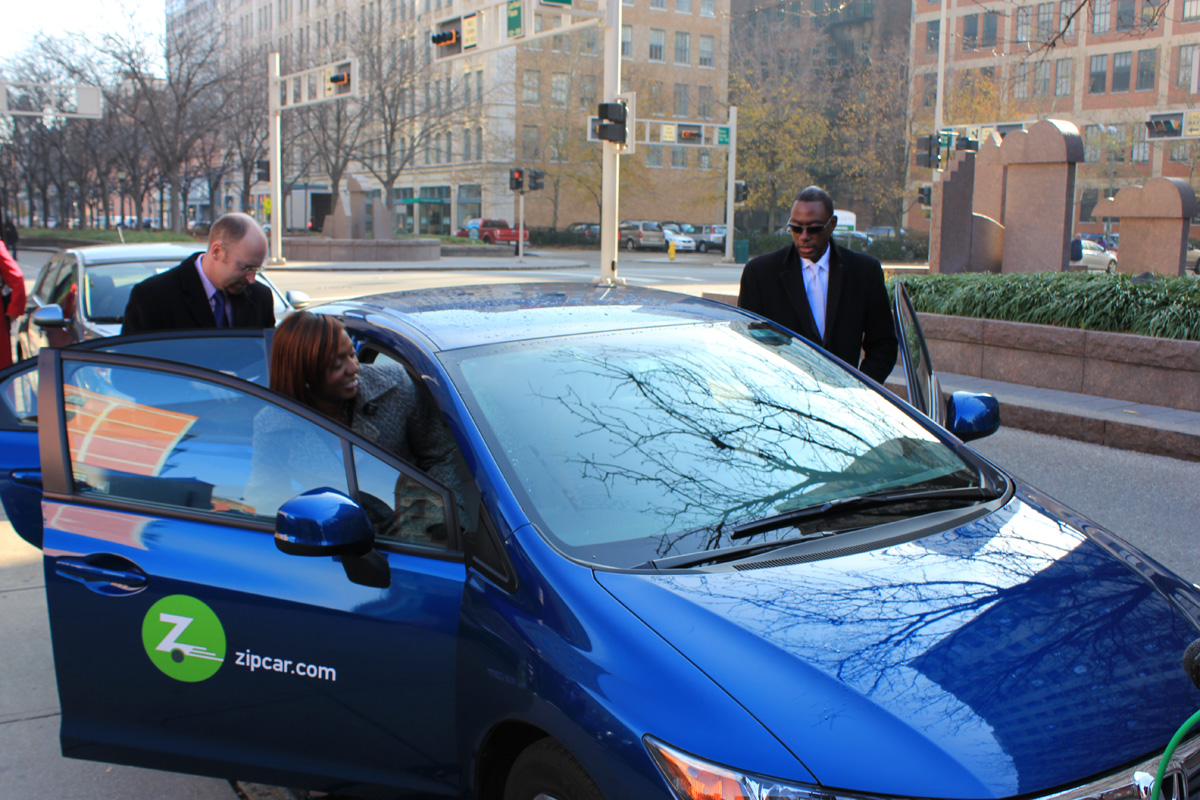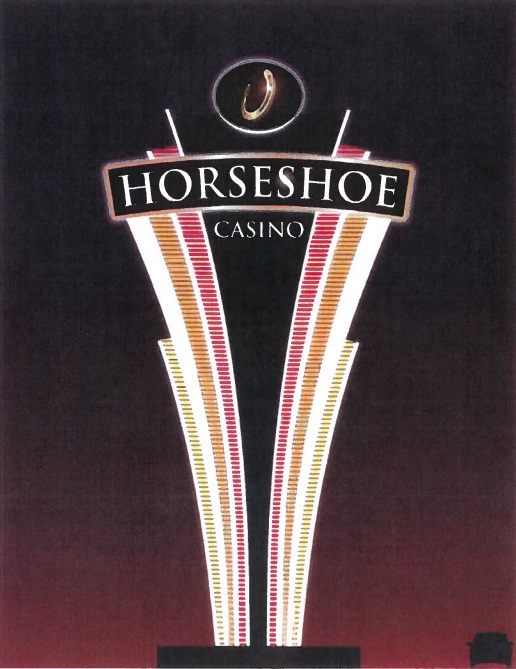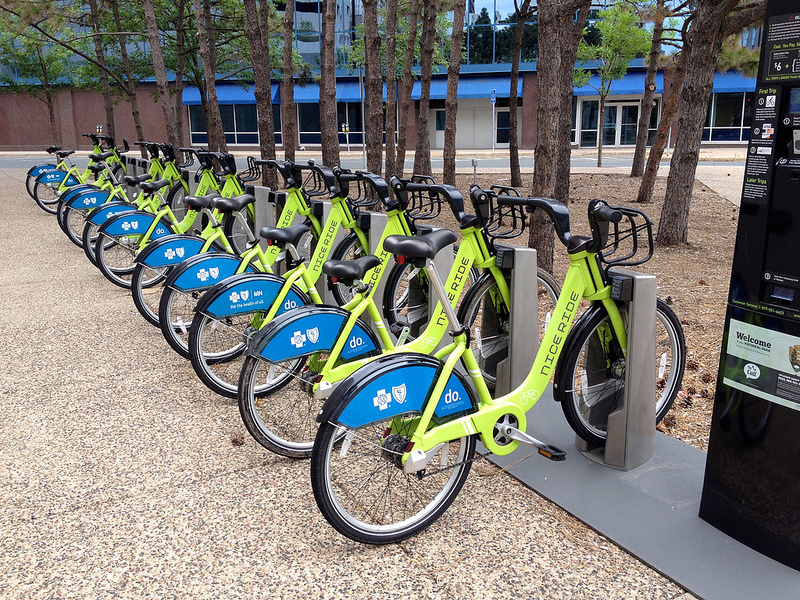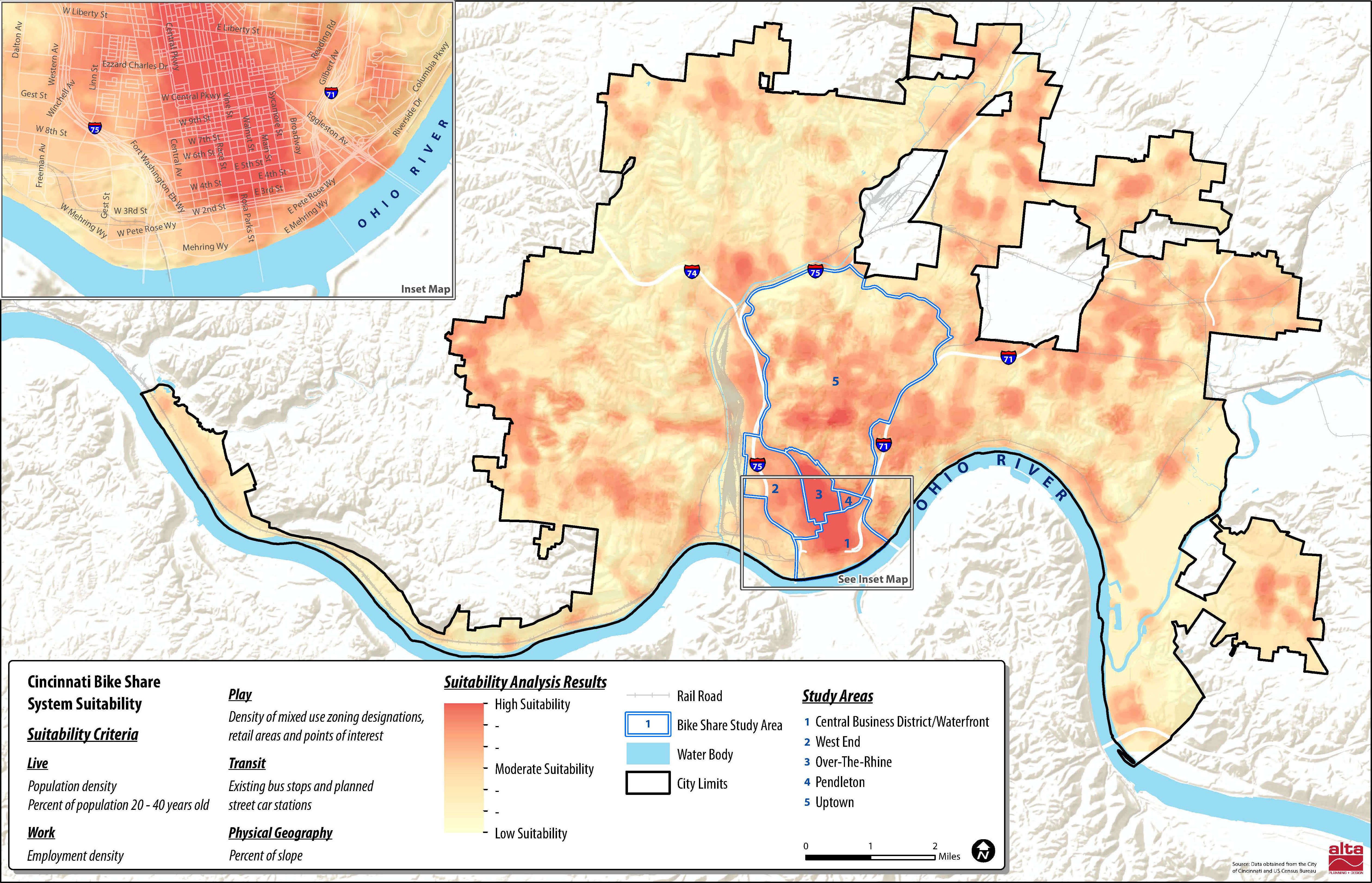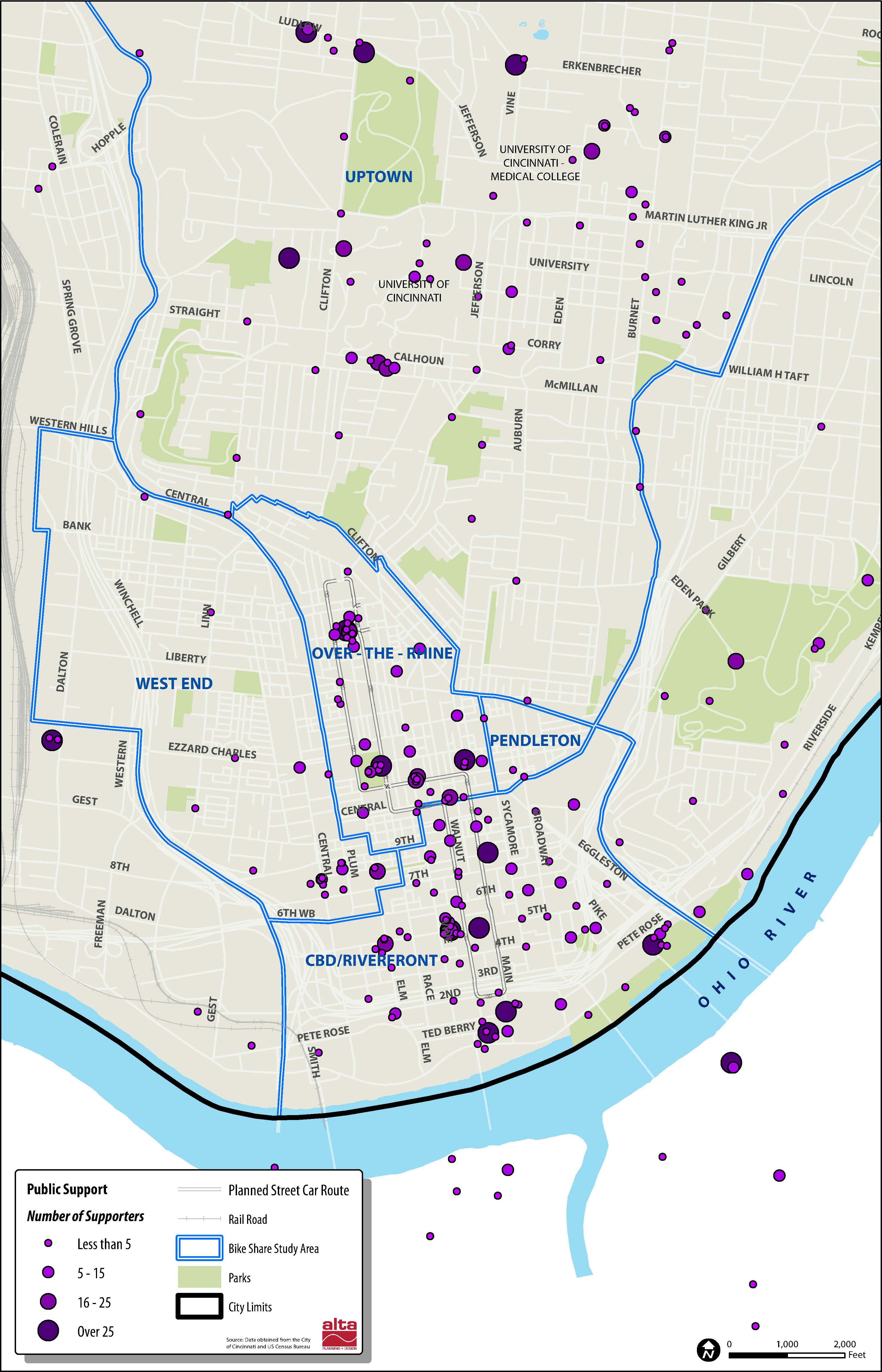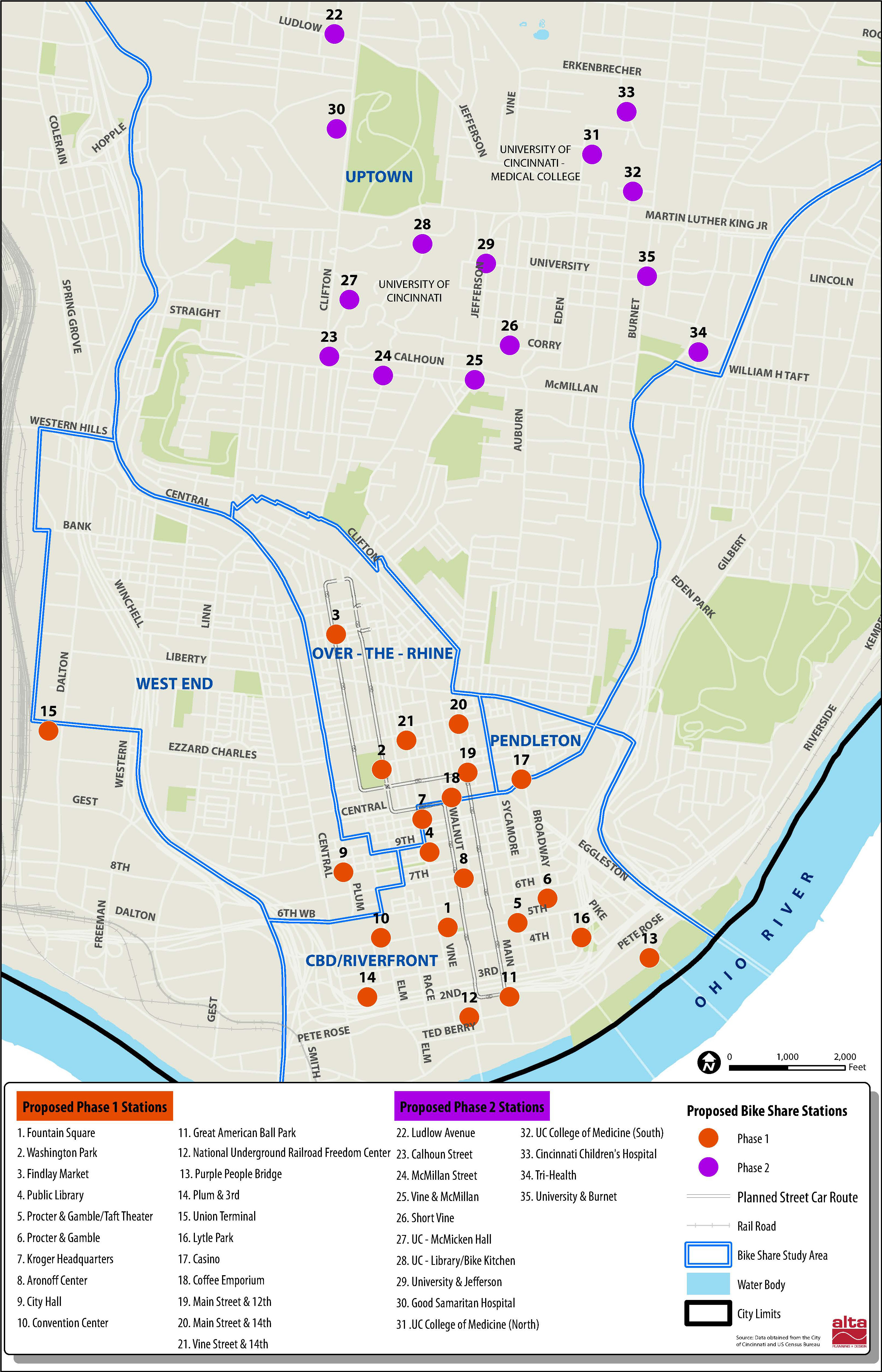Yesterday, Mayor Mark Mallory (D) announced that Zipcar was expanding its car sharing service in Cincinnati to the Central Business District and Over-the-Rhine.
“Partnering with Zipcar here in Cincinnati is an excellent opportunity to reduce congestion and parking demand, save people money, and provide access for people who would otherwise not be able to go about their day-to-day activities,” Mayor Mark Mallory said.
Until recently, Zipcar had only been available in big cities with more comprehensive mass transportation options; however Zipcar began testing its service with University of Cincinnati students and faculty last year. The initial service has blossomed into the full service being announced today. Three “pods” of two cars each will be located in both neighborhoods as well as the two University of Cincinnati locations.
Driving a Zipcar requires a membership which can be obtained through their website. From there, members reserve a car for a certain amount of time and use it during the day. Members then use a key card or their smartphones to gain access to the designated car. Rates on Zipcar vehicles in Cincinnati start as low as $8.50 per hour and $69 per day. Gas, reserved parking spots, insurance, roadside assistance and up to 180 miles per day are included in the hourly and daily Zipcar rates on all Zipcar vehicles. Cars can be reserved for time periods as short as an hour or for up to several days.
Users of smartphones such as iPhones and Android devices, may download the Zipcar mobile application to make reservations, lock and unlock the vehicles as well as honk the horn to help locate the vehicle. Members can also use Zipcar’s “Reserve a Zipcar” app on Facebook to view available Zipcars and make, extend or cancel a reservation all from their Facebook account. Reservations can also be made over the phone or by using the Zipcar website.
The introduction of Zipcar could bring car sharing closer to reality city employees as well. As previously reported by UrbanCincy, the City of Cincinnati has been investigating ways to reduce its city-owned fleet and instead use car-sharing services such as Zipcar for certain city departments. This idea may gain some traction as City Council moves into budget season and begins to look for ways to close this year’s budget gap.
It had also been recently mentioned as a policy point by City Councilmember P.G. Sittenfield (D) in a recent e-mail. In it he states, “our fleet must more precisely match the need, and we should ensure that we are optimizing car-sharing and minimizing fleet that sits idle.”
City officials have disclosed to UrbanCincy that utilizing the car sharing service will allow the city to reduce the number of pool cars the city owns.
